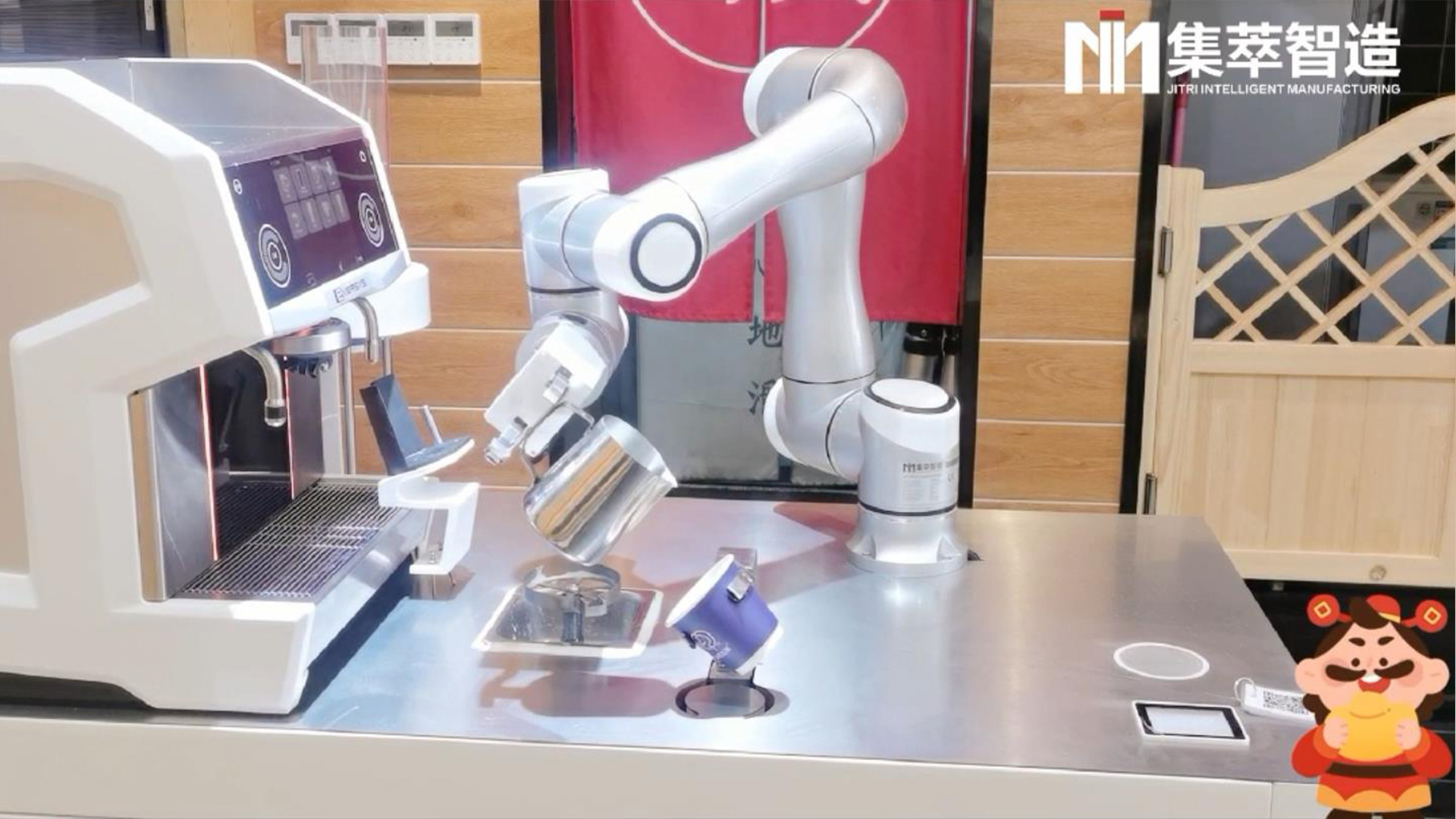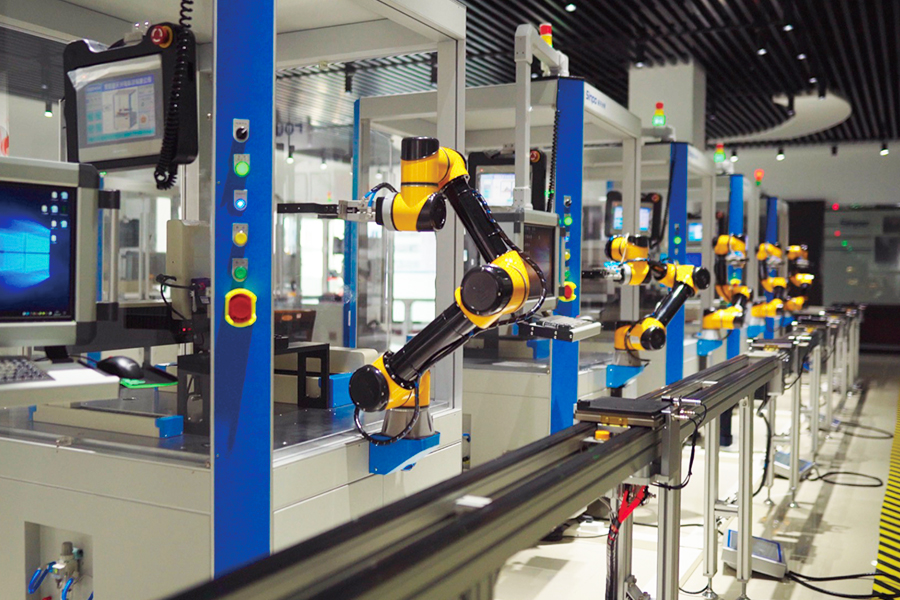
In the ever-evolving landscape of technology, certain trends emerge that have a profound impact on society, reshaping industries and revolutionizing the way we work and live. One such megatrend is the integration of automation with human interaction, and at the forefront of this movement are collaborative robots, or cobots. These advanced machines represent a synergy between human intelligence and robotic capabilities, ushering in a new era of productivity, safety, and efficiency across various sectors.

